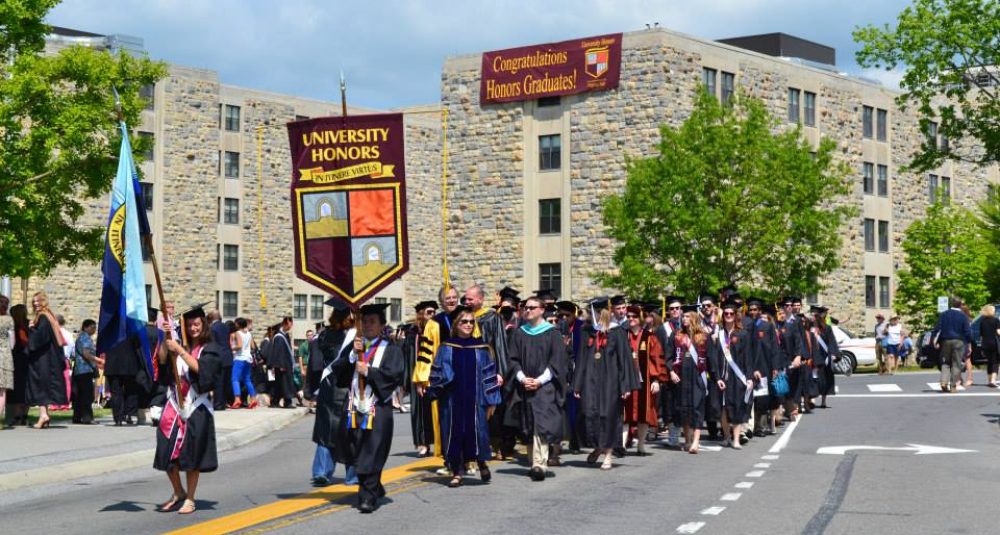Here is some great news from Purdue: they plan to open a residential Honors College in the Fall of 2013. See what Assistant Dean Catharine Patrone has to say about this exciting development at one of the nation’s premier public universities. Purdue honors has a bright future, and not only for engineering students.
May 2, 2012
By RACHEL RAPKIN Assistant Campus Editor
With the University’s plan for an Honors College, students will have the opportunity to live and learn from each other while gaining valuable leadership skills.
In July, the Board of Trustees approved the plan to develop the residential Honors College. The University plans for students to be enrolled by the fall of 2013.
Over the summer, during the third module, assistant dean of the Honors College, Catharine Patrone, said first year students will have a chance to preview the Honors College by enrolling in the Accelerated Summer at Purdue program.
“The students will have the ability to take four honors credits,” she said. “In addition to the Honors course opportunity, extracurricular (events will be provided) to help build the community around them.”
Dennis Savaiano, interim dean of the Honors College, said a task force with around 100 members had been meeting since the fall and had been looking into recommendations for the planning of the curriculum, governance, scholarships and post graduate support.
“They came up with a set of proposals. The (University) Senate reviewed the proposals, ( and on April 24) the Senate passed a resolution endorsing the Honors College and another resolution endorsing the curriculum committee,” Savaiano said.
Patrone said with the approvals of the endorsements from the University Senate, the next step is to officially start creating the Honors College curriculum.
“The University Senate approved the college and the faculty governance structure,” she said. “Each college or school (including the libraries) will have one faculty member elected or appointed … They are going to be assigning and approving the Honors College curricula. The governance committee will begin their work in September.”
According to a Powerpoint from Savaiano to the Academic Affairs Committee during March’s Board of Trustees meeting, the Honors College is looking to incorporate more diversity, complement all the colleges curriculum and enhance student leadership.
“The idea (of the Honors College) was to unify our existing programs and make them more robust and grow them so that perspective students would see a richer opportunity, particularly in a residential model,” Savaiano said.
The residential model is going to be an area where students live and learn together. Savaiano said this could increase student enrollment and possibly encourage upper division students to stay in the residences where they can mentor the lower division, or first year students.
“Building a residential model that is a more robust honors experience was certainly our goal,” he said. “Currently there are about 1,200 honors students at Purdue, and we would like to grow that to 2,000.”
Patrone said there are a large number of students who want to be a part of the Honors College, but the dorms are full and they are leaving the University to find another place where they can be a part of a close knit community.
“Students who are looking for that experience are going to other universities,” Patrone said. “They are choosing to go elsewhere and, sometimes, even out of the state. We hope the Honors College will keep them in Indiana and attract them to Purdue.”

